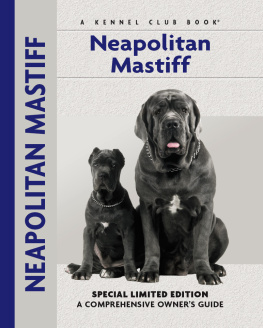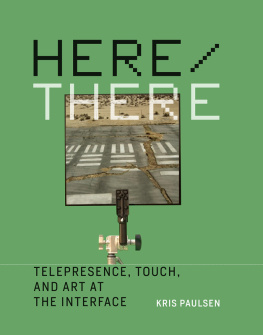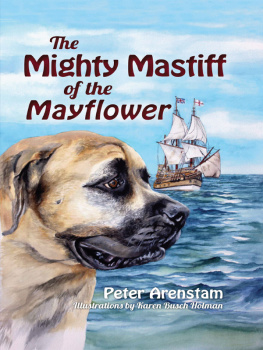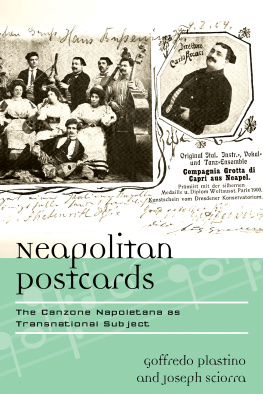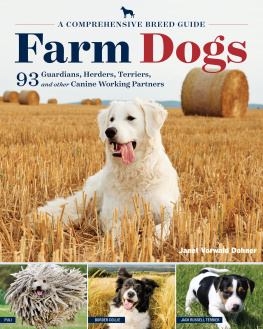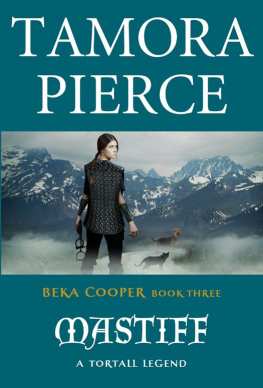Physical Characteristics of the Neapolitan Mastiff
(from the FCI breed standard)
Head: The head is short and massive, with a broad skull at the level of the zygomatic arches. Abundant skin with wrinkles and folds.
Ears: Small in relation to the size of the dog, triangular in shape, they are flat, held close to the cheeks and set above the zygomatic arch.
Neck: Slightly arched. Rather short in length. Blunt cone shaped, it is well muscled.

Stop: Pronounced.
Nose: Must not protrude beyond the outer, vertical line of the lips. It must be large with large, well-opened nostrils. Its color is according to the color of the coat.
Lips: Fleshy, thick and full, the upper lips, seen from the front, form an inverted V at their junction.
Muzzle: Very wide and deep.
Eyes: Forward facing, they are set well apart from each other; almost round; slightly deep set.
Forelegs: Vertical with strong bones in proportion to the size of the dog.
Shoulders: The length of the shoulders are about three-tenths of the height at the withers. The muscles are well developed, long and well defined.
Upper arm: The length is about 30% of the height at the withers, its angulation from the horizontal is from 55 to 60 degrees and it is furnished with significant musculature.
Forearm: Length is almost equal to that of the upper arm.
Front feet: Round, large with well arched, close knit toes.
Body: The length of the body exceeds the height at the withers by 10%. The topline is straight; the withers are wide, long and not very prominent. The back is broad and in length about one-third of the height at the withers. The chest is broad and wide with well developed chest muscles.
Colors: Preferred colors are gray, leaden gray and black, but also brown, fawn and deep fawn, sometimes with white patches on the chest and on the tips of the toes.
Hind legs: On the whole, powerful and sturdy, in proportion with the size of the dog and capable of the required propulsion in movement. Upper thigh broad with heavy, prominent muscles but which are clearly distinct from each other.
Lower thigh: Slightly less in length than the upper thigh and with an angulation of 50 to 55 degrees, strongly boned and with clearly visible muscles.
Hock: Strong and dry, almost cylindrical in shape, perfectly straight and parallel, its length is about 25% of the height at the withers.
Hind feet: Smaller than the front feet, round with close knit toes.
Tail: Broad and thick at its root; strong, tapering slightly towards the tip.
Coat: The skin is thick, abundant and loose all over the body, particularly on the head.

Contents

Developed from hunters and war dogs, and prized for its unique physical characteristics, the Neapolitan Mastiffs real history begins in the Vesuvius region of Italy. Follow the breed from its beginnings as a valued guard dog to its introduction into countries around the world.
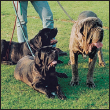
The Neapolitan Mastiff is one of the worlds most distinct breeds in both looks and personality; learn more about its unique characteristics and find out what makes an ideal Neo owner. Also discussed are breed-specific health considerations of which every new owner should be aware.
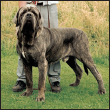
Learn the requirements of a well-bred Neapolitan Mastiff by studying the description of the breed set forth in the Fdration Cynologique Internationale standard. Both show dogs and pets must possess key characteristics as outlined in the breed standard.
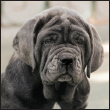
Be advised about choosing a reputable breeder and selecting a healthy, typical puppy. Understand the responsibilities of ownership, including home preparation, acclimatization, the vet and prevention of common puppy problems.
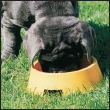
Enter into a sensible discussion of dietary and feeding considerations, exercise, grooming, traveling and identification of your dog. This chapter discusses Neapolitan Mastiff care for all stages of development.

By Charlotte Schwartz
Be informed about the importance of training your Neapolitan Mastiff from the basics of house-training and understanding the development of a young dog to executing obedience commands (sit, stay, down, etc.).
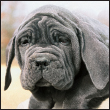
Discover how to select a qualified veterinarian and care for your dog at all stages of life. Topics include vaccination scheduling, skin problems, dealing with external and internal parasites and the eye conditions affecting pure-bred dogs.
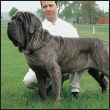
Experience the dog show world, including different types of shows and the making of a champion. Go beyond the conformation ring to obedience trials and agility trials, etc.

Learn to recognize and handle common behavioral problems in your Neo, including aggression with people and other dogs, chewing, barking, mounting, digging, jumping up and more.
K ENNEL C LUB B OOKS N EAPOLITAN M ASTIFF
ISBN 13: 978-1-59378-222-1
eISBN 13:978-1-62187-010-4
Copyright 1999 Kennel Club Books An Imprint of I-5 Press A Division of I-5 Publishing, LLC
3 Burroughs, Irvine, CA 92618 USA
Cover Design Patented: US 6,435,559 B2 Printed in South Korea
All rights reserved. No part of this book may be reproduced in any form, by photostat, scanner, microfilm, xerography or any other means, or incorporated into any information retrieval system, electronic or mechanical, without the written permission of the copyright owner.
Photos by:
Norvia Behling, Doskocil, Isabelle Francais,
Carol Ann Johnson and Alice van Kempen.
Illustrations by Rene Low.
Special thanks to the owners/breeders of dogs featured in this book: Stan Brown, Philippe Hardy, Carol Paulsen/La Tutela Kennels, Gonnie Schaffer, K. Shmuely, G. Siano/della Grotta Azzurra and George Small

Next page
